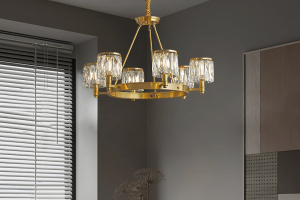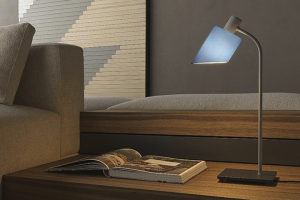Introduction
Light-emitting diodes, also known as LEDs, have become increasingly popular over the past few years as a lighting technology. LED lights use less energy than traditional incandescent or fluorescent lights and last considerably longer. In this article, we’ll explore the benefits of LED lights in greater detail, from their energy efficiency to their impact on the environment.
Energy Efficiency
One of the biggest benefits of LED lights is their energy efficiency. LED lights use between 25 and 80 percent less energy than traditional lights. This means that they can help cut down on electricity bills, which is great news for homeowners and businesses alike. Additionally, since LED lights use less energy, they don’t emit as much heat as traditional lights. This can help reduce cooling costs in warmer climates.
Longer Lifespan
Another major benefit of LED lights is their long lifespan. Traditional incandescent bulbs last for approximately 1,000 hours, while fluorescent bulbs last around 8,000 hours. LED lights, on the other hand, last for up to 50,000 hours. This means that they need to be replaced less often, which is not only more cost-effective but also more environmentally friendly, as it reduces waste.
Better Quality Light
LED lights also offer better quality light than traditional bulbs. They produce a crisp, bright light that is easy on the eyes and helps improve visibility. Additionally, LED lights are less prone to flickering or giving off a harsh glare. This can help reduce eye strain and headaches for people who spend a lot of time working under artificial lighting.
Environmental Benefits
In addition to the energy savings and longer lifespans, LED lights also offer several environmental benefits. For starters, they don’t contain any hazardous materials, such as mercury or lead, which are found in traditional bulbs. This means that they’re much safer to dispose of and don’t pose a risk to the environment or human health.
Furthermore, since LED lights use less energy than traditional lights, they help reduce the demand for electricity. This also means that fewer fossil fuels are burned to produce electricity, which reduces greenhouse gas emissions and helps mitigate climate change.
Conclusion
In conclusion, LED lights offer numerous benefits, including energy efficiency, longer lifespan, and better quality light. Additionally, they’re safer for the environment and are more cost-effective in the long run. With all of these advantages, it’s no wonder that LED lights are becoming the go-to lighting technology for businesses and homeowners alike.
So, if you’re still using traditional bulbs, it may be time to consider making the switch to LED lights. Not only will you save money on your electricity bill, but you’ll also be doing your part to protect the environment.





More Stories
The Elegance of Spiral Staircase Chandeliers: A Perfect Blend of Form and Function
The Elegance of Sconce Hallways: Illuminating Your Passages with Style
Illuminate Your Space with Adjustable Wall Lights in the UK